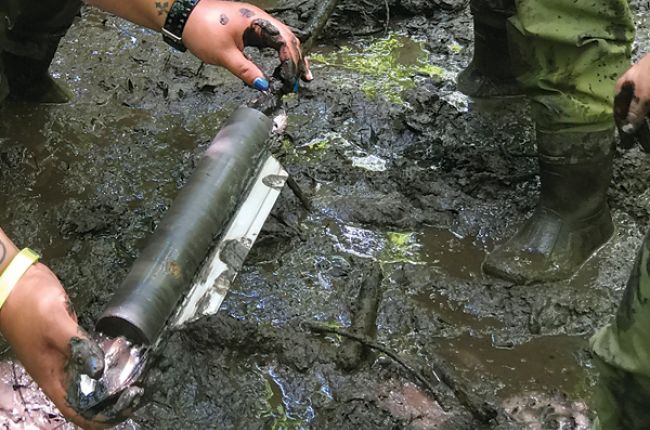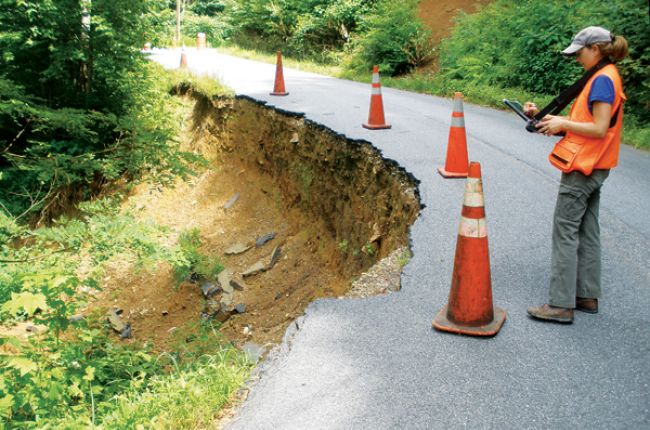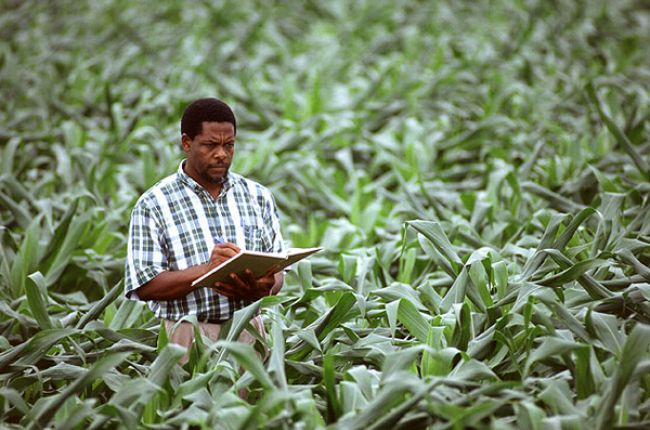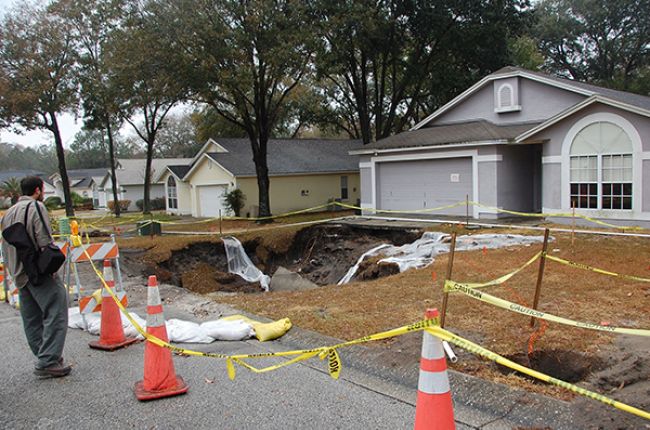Managing Healthy Soils
The ability of soil to support plant life is vital to the food we eat and the air we breathe. Soils are primarily made of a complex and variable combination of minerals from rocks, organic matter from plants and animals, air, and water.
Geoscientists study the characteristics, history, and efficient management of soils to improve agricultural yields, purify water, treat waste, supply industrial and pharmaceutical goods, evaluate foundation stability for infrastructure, and reduce impacts from natural disasters.
To manage the nation’s soils efficiently:
Encourage monitoring of soil quality and moisture for optimal agricultural production. Soil fertility and its ability to produce crops depend on the nutrients it contains. Better monitoring and management can improve crop yields and potentially reduce offsite contamination.
Incorporate knowledge of soil characteristics and properties into the planning, design, construction, and modification of critical infrastructure. Soil and rock provide the foundation for our nation’s buildings, roads, bridges, water systems, and pipelines. Understanding soil properties and how they relate to the underlying geology can lead to more resilient infrastructure.
Expand the use of soil as a filter to remove pollutants from water. Environmental geoscientists use soil filtration as a natural and relatively inexpensive means to mitigate pollution and improve water quality, particularly for fertilizer application in agricultural settings.
Characterize soil biodiversity and its relation to essential ecosystem functions. Healthy soil supports a wealth of biotic diversity. Geoscientists help understand the link between soil microorganisms and the functions they provide to support plant growth, remediate contaminants, and contribute to a drought- and flood-resilient ecosystem.
Improve soil characterization and geologic mapping to identify underlying hazards. Earthquakes, landslides, wildfires, droughts, and floods all affect soil stability, occasionally leading to loss of life and property. Identifying and mitigating potential weaknesses in soil layers will benefit society by reducing the likelihood and impact of disasters.
Learn more
- Geoscience for America's Critical Needs: Invitation to a National Policy Dialogue (Webpage and Report), American Geosciences Institute
This document outlines high-level actions to address major policy issues where the geosciences play a significant role. Download the report
Download the report








